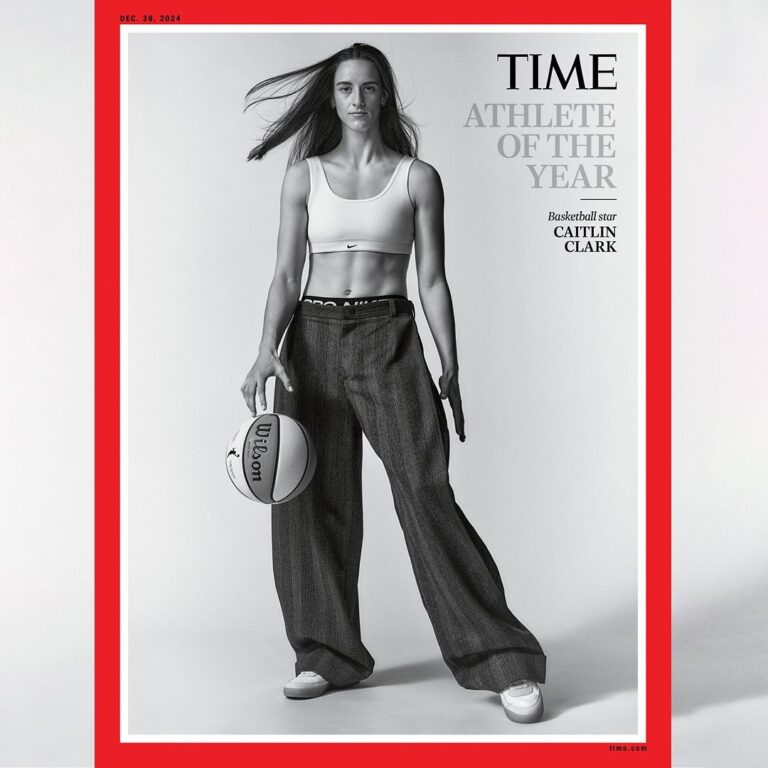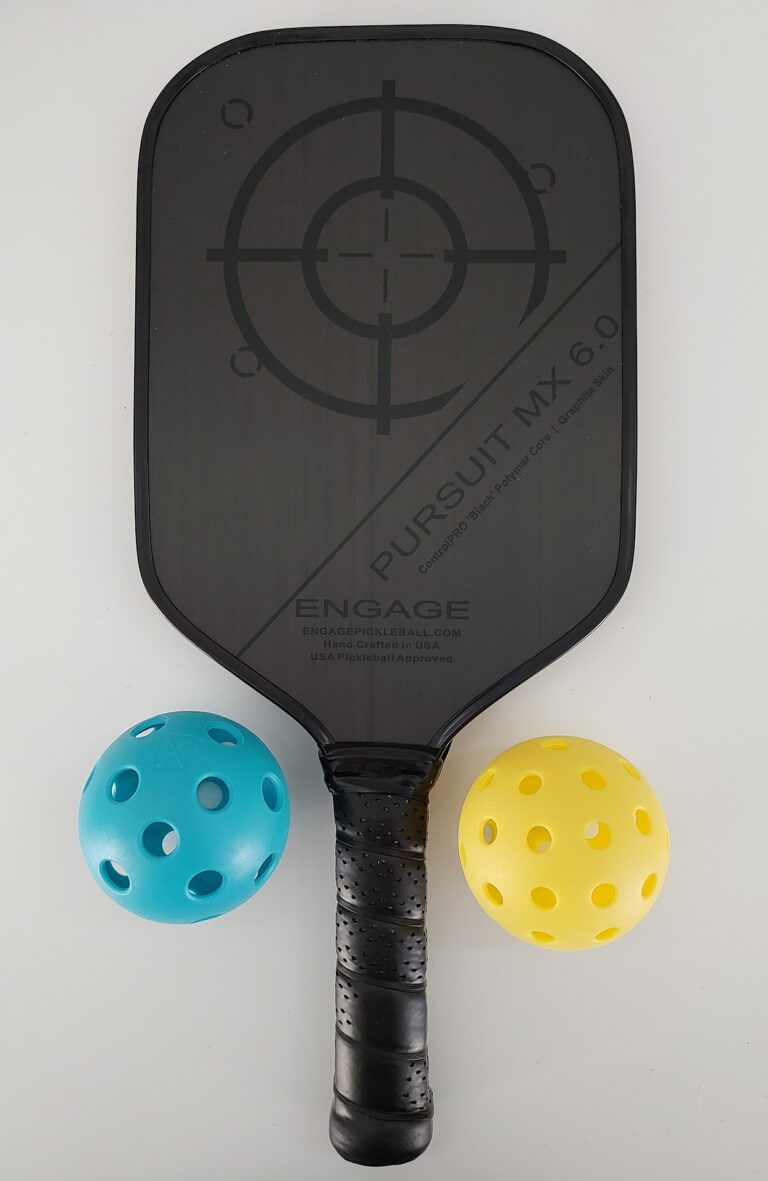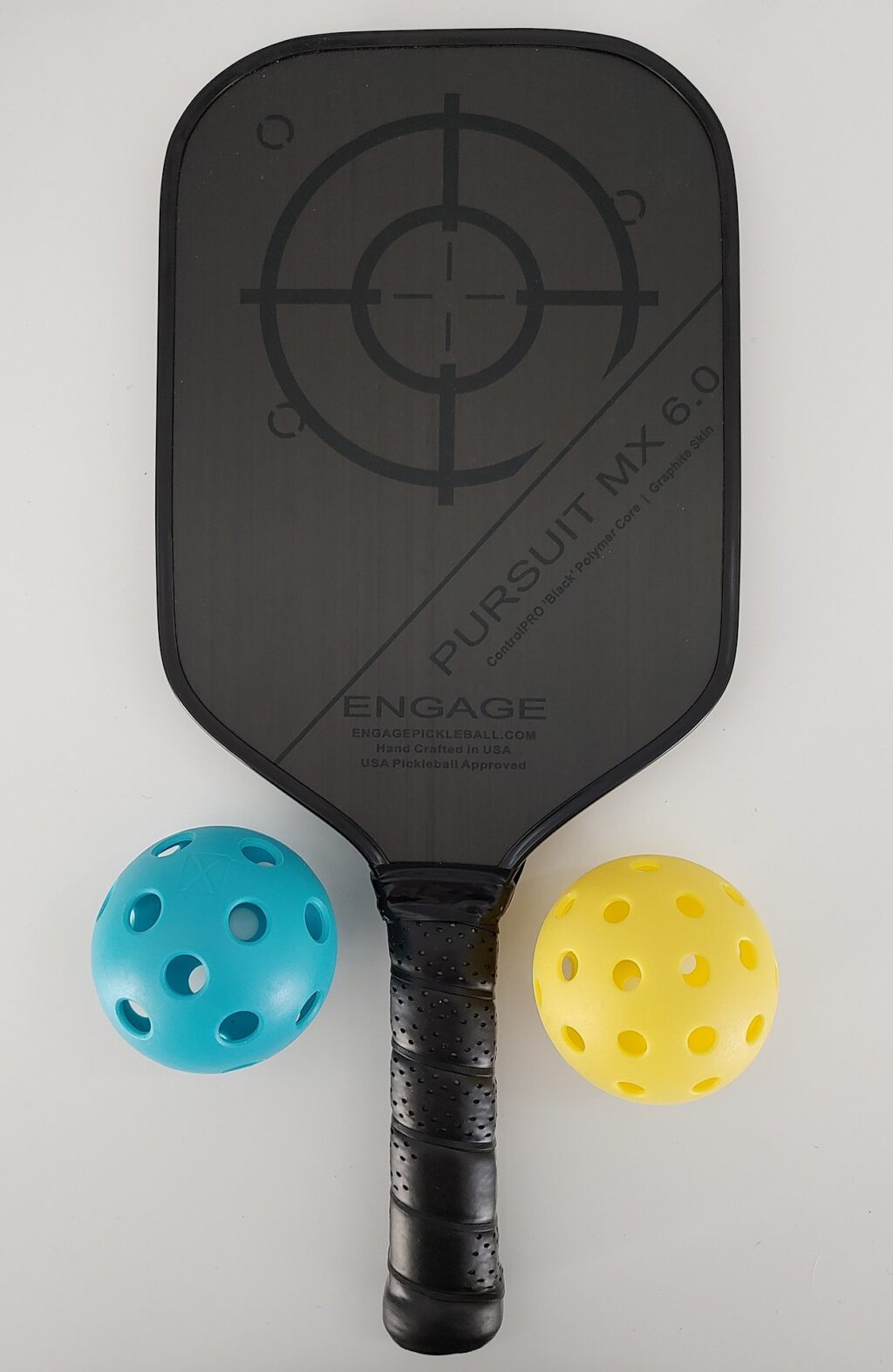
pickleball paddle with two pickleballs(60 holes and 40 holes)
How to Improve Your Pickleball Game in 2025: Proven Strategies to Dominate the Court
Pickleball has exploded into a cultural juggernaut, captivating players across the globe in 2025. Whether you’re a newbie struggling with the basics or a seasoned competitor chasing tournament gold, mastering how to improve your pickleball game in 2025 is your ticket to court dominance.
This comprehensive guide delivers a roadmap packed with expert strategies, data-backed tips, and actionable drills to elevate your play. From refining your serve to outsmarting opponents, we’ve got you covered.
With over 36 million players in the U.S. alone, pickleball’s meteoric rise shows no signs of slowing. Its unique blend of tennis, badminton, and ping-pong offers accessibility for all ages, making it a fitness and social phenomenon. Ready to transform your game? Let’s dive into the ultimate playbook to help you shine on the court.
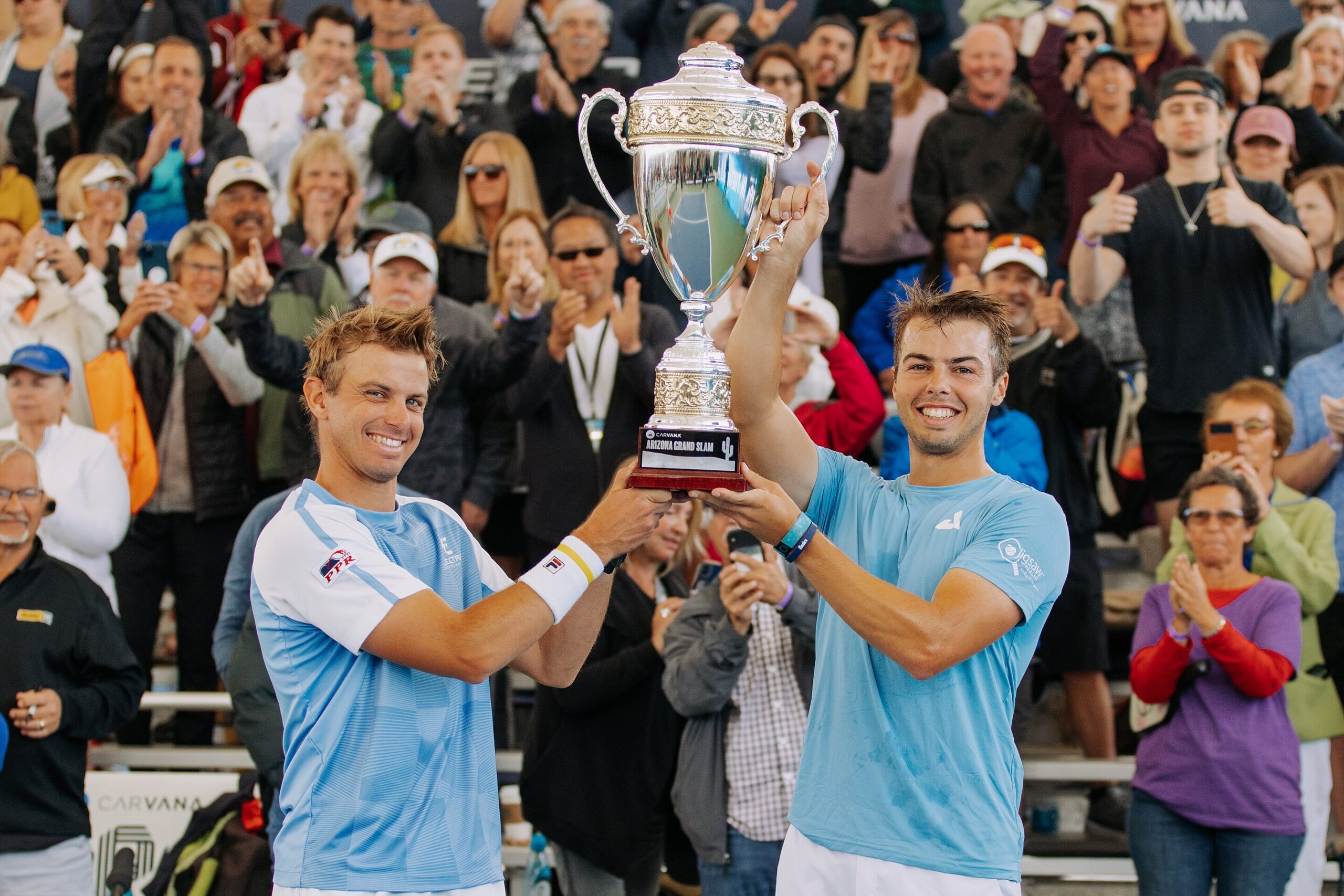
Master how to improve your pickleball game in 2025 with expert tips, drills, and gear advice. Elevate your skills fast! Read more.
Also read: Caitlin Clark’s impact in WNBA
Why Pickleball Is the Sport to Master in 2025
Pickleball’s popularity isn’t just a trend—it’s a movement. The sport’s growth is staggering, with participation jumping 223% from 2020 to 2024, according to the Sports & Fitness Industry Association. Projections for 2025 estimate 40 million players in the U.S. alone, driven by its low barrier to entry and high fun factor. But why should you focus on improving your game now?
- Health Perks: A 2023 study in the Journal of Sports Medicine found pickleball burns up to 600 calories per hour, boosting cardiovascular health and balance.
- Social Bonds: Courts are community hubs, connecting players across generations.
- Competitive Thrills: Tournaments like the 2025 US Open Pickleball Championships offer six-figure prizes, drawing serious talent.
- Accessibility: Minimal gear and small courts make it easy to start.
Improving your pickleball game in 2025 means joining a vibrant, growing community while reaping physical and mental rewards. Let’s explore how to get there.
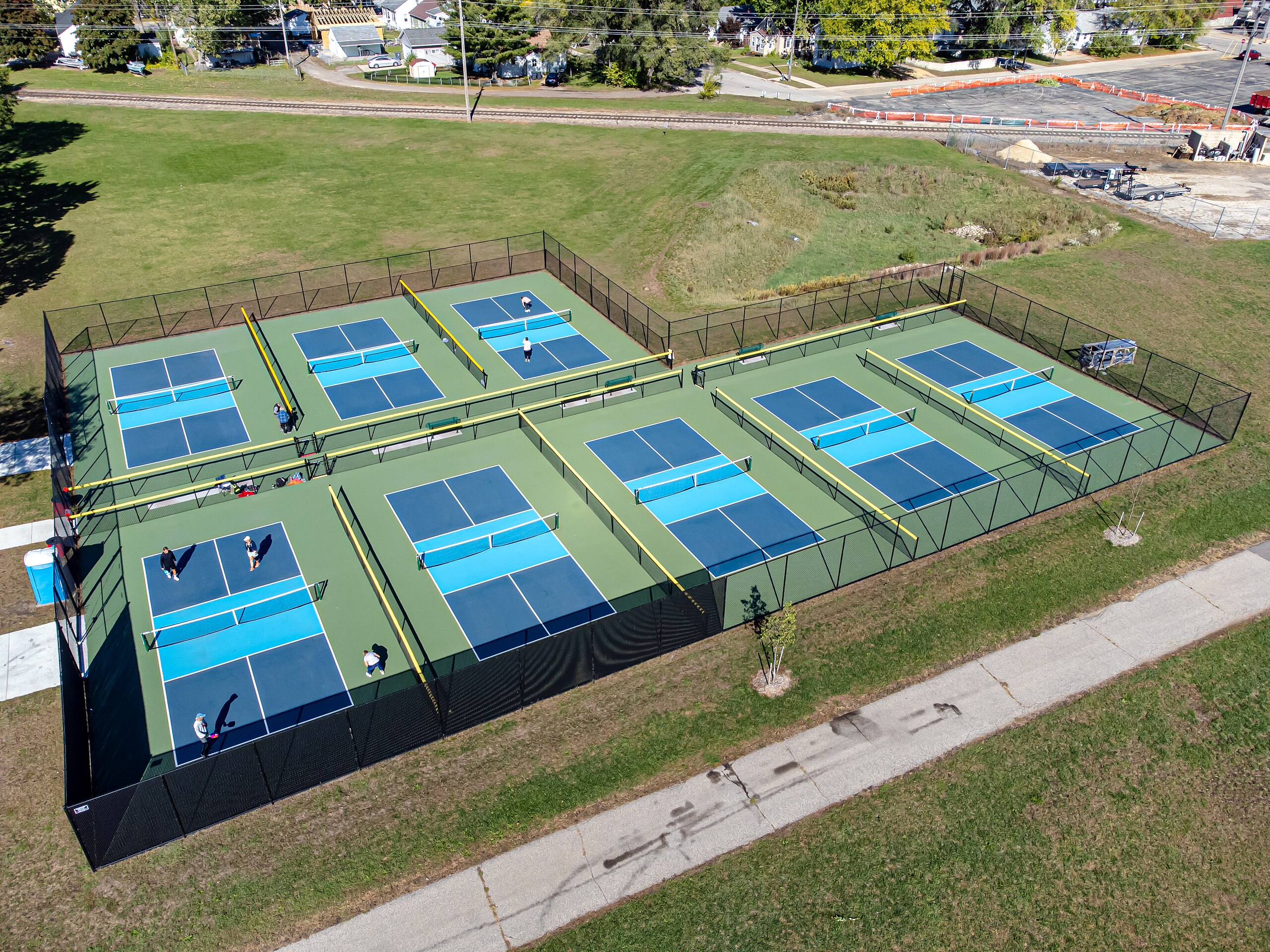
Quick Answers to Common Pickleball Questions
Before diving deep, here are concise answers to frequent queries about how to improve your pickleball game in 2025, addressing searcher intent upfront.
- How do you get better at pickleball fast? Prioritize consistent practice, focus on soft shots like dinks, and drill footwork daily.
- What are the best drills for pickleball? Dinking rallies, third-shot drop practice, and volley exchanges build precision.
- What equipment do I need? A quality paddle, grippy shoes, and durable balls are essential.
- How can beginners improve? Learn the rules, master soft shots, and play with experienced partners.
- What mistakes should I avoid? Don’t rely on power, neglect positioning, or ignore strategy.
What Is Pickleball? A Quick Primer
Born in 1965 on Bainbridge Island, Washington, pickleball was created by Joel Pritchard and friends to entertain their families. Named—perhaps—after a dog called Pickles, it’s evolved into a competitive powerhouse with professional leagues like the PPA Tour. In 2025, global tournaments and recreational clubs underscore its universal appeal. Understanding its roots sets the stage for mastering its nuances.
Step-by-Step Guide to Improve Your Pickleball Game in 2025
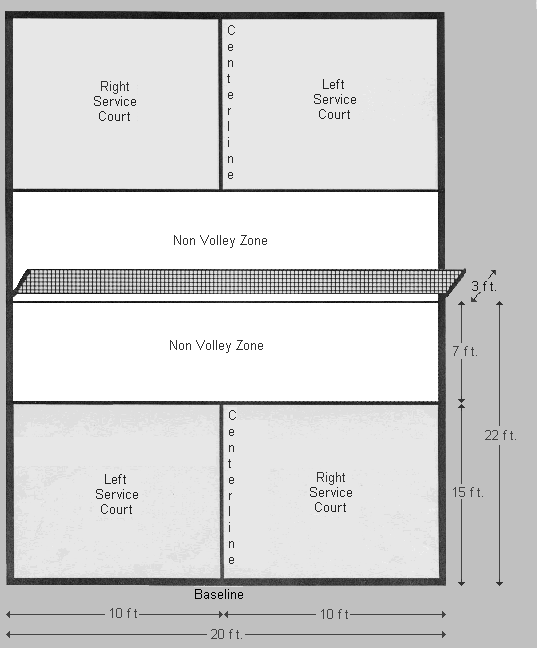
This seven-step guide is your blueprint to dominate the court. Each step builds on the last, offering practical tips, drills, and insights to transform your play.
Step 1: Master the Fundamentals
Great pickleball starts with a rock-solid foundation. Precision trumps power, so focus on these core skills to build consistency.
Serve with Accuracy
The serve sets the tone for every point. A strong serve pushes opponents back, giving you control. Here’s how to nail it:
- Underhand Motion: Keep the paddle below your waist and swing upward for a legal serve.
- Target Deep: Aim for the baseline to limit aggressive returns.
- Practice Consistency: Hit 50 serves daily, focusing on placement over power.
Drill: Set up cones near the baseline and aim to land serves within a foot of each. Track your accuracy over 20 serves, aiming for 80% success.
Control the Dink
The dink—a soft, arcing shot to the non-volley zone (kitchen)—is pickleball’s strategic heart. It neutralizes power players and sets up winning shots.
- Soft Touch: Use a light grip and wrist flick to loft the ball just over the net.
- Cross-Court Angles: Aim diagonally to stretch opponents.
- Stay Low: Bend your knees to control height and avoid pop-ups.
Drill: Partner up and hit 100 consecutive dinks without errors. Alternate straight and cross-court shots to build versatility.
Perfect Your Volley
Volleys—hitting the ball before it bounces—keep rallies fast and pressure opponents.
- Wrist Snap: Use quick wrist movements for control, not arm swings.
- Kitchen Line Stance: Stand just behind the non-volley line to react swiftly.
- Target Gaps: Aim for open spaces, not directly at opponents.
Drill: Face a wall and volley 50 shots, keeping the ball low and controlled. Increase speed as you improve.
Expert Insight: “Spend 70% of practice on serves and dinks,” says pro Sarah Ansboury. “They’re the foundation of every point.”
Biomechanics of a Great Serve
A 2024 kinesiology study highlights paddle angle as key to serving success. An upward tilt of 10–15 degrees maximizes spin and depth. Practice adjusting your grip—continental for control, eastern for power—to find your sweet spot. Record your serves to analyze form, aiming for a smooth follow-through.
Dinking Scenarios
In doubles, dinking often evolves into prolonged rallies. Cross-court dinks force opponents to move laterally, opening gaps. In singles, straight dinks keep the ball low, limiting aggressive returns. Spend 15 minutes daily alternating both styles to adapt to any opponent.
Step 2: Enhance Your Footwork
Pickleball is a dance of positioning. Agile footwork ensures you’re always ready to strike.
Stay on Your Toes
Dynamic balance is critical. Keep your weight forward and knees bent to explode in any direction.
- Ready Position: Feet shoulder-width apart, paddle up.
- Small Steps: Shuffle, don’t lunge, to maintain balance.
- Recover Fast: Return to center after each shot.
Master Lateral Movement
Covering the court side-to-side is vital, especially in doubles.
- Shuffle Step: Slide feet without crossing to avoid tripping.
- Side Lunge: Step wide to reach low shots, then reset.
- Drill: Place cones 5 feet apart and shuffle between them for 30 seconds. Rest 15 seconds, repeat 10 times.
Split-Step Mastery
The split-step—a slight hop as your opponent hits—primes you for instant movement.
- Timing: Jump just before their paddle contacts the ball.
- Landing: Feet wide, knees bent for balance.
- Drill: Partner hits random shots while you split-step and react. Do 20 reps.
Court Geometry
The pickleball court—20×44 feet—demands precise positioning. The kitchen (7 feet from the net) is a no-volley zone, so footwork near it is delicate. At the baseline, lateral steps cover wide serves. Mid-court transitions require quick shuffles to handle lobs. Visualize the court as three zones—kitchen, mid-court, baseline—and practice moving between them seamlessly.
Injury Prevention
Pickleball’s lateral demands stress ankles and knees. A 2024 CDC report notes 19% of players over 50 report minor sprains. Warm up with dynamic stretches—leg swings, high knees—for 10 minutes. Consider ankle braces for stability during intense play.
Step 3: Develop Strategic Play
Pickleball is chess with paddles. Smart tactics outshine raw athleticism.
Control the Kitchen
The non-volley zone is your command center. Dominate it with soft shots to force opponents back.
- Dink Rallies: Keep shots low to prevent smashes.
- Patience: Wait for errors rather than forcing winners.
- Drill: Play a kitchen-only game, scoring only on dinks.
Third-Shot Drop Mastery
After the serve and return, the third shot—a soft, arcing drop into the kitchen—neutralizes aggressive opponents.
- Arc High: Clear the net by 2–3 feet to avoid pop-ups.
- Target Center: Limits opponent angles.
- Drill: From the baseline, hit 10 third-shot drops into the kitchen consecutively.
Stat: A 2024 PPA Tour analysis found successful third-shot drops led to 68% point wins.
Read Opponents
Anticipate shots by watching paddle angles and body posture.
- Paddle Face: An open face signals a lob; closed means a drive.
- Shoulder Turn: Predicts shot direction.
- Drill: Partner hits random shots; call out “lob” or “drive” before reacting.
Doubles Tactics
In doubles, communication is king. Call “mine” or “yours” to avoid collisions. Poach—crossing into your partner’s side—to intercept weak shots. Stacking—positioning both players on one side—maximizes strengths. Practice stacking with a partner, switching sides after serves to confuse opponents.
Singles Strategy
Singles demands endurance and baseline play. Serve deep to pin opponents back, then mix lobs and passing shots. Keep returns low to limit their approach. Play 10-point singles games to build stamina and adapt to solo tactics.
Step 4: Build Physical Fitness
A sharp game requires a fit body. Pickleball tests endurance, agility, and strength.
Cardio Endurance
Rallies can last 20+ shots, so stamina is crucial.
- Run or Cycle: 20 minutes, three times weekly.
- Interval Training: Sprint 30 seconds, jog 60 seconds, repeat 10 times.
- Drill: Play a 15-minute game without breaks to simulate tournament pace.
Core Strength
A strong core stabilizes shots and boosts paddle control.
- Planks: Hold for 60 seconds, three sets.
- Russian Twists: 20 reps per side with a light weight.
- Drill: Balance on a BOSU ball while mimicking paddle swings.
Flexibility
Stretching prevents injuries and extends reach.
- Dynamic Stretches: Leg swings, arm circles before play.
- Yoga: 20-minute flow twice weekly for mobility.
- Drill: Stretch hamstrings and quads post-game for 10 minutes.
Periodization Plan
Structure fitness over 12 weeks:
– Weeks 1–4: Build endurance with 30-minute runs.
– Weeks 5–8: Add strength via bodyweight circuits.
– Weeks 9–12: Focus on agility with ladder drills.
Track progress with a fitness app to stay motivated.
Nutrition Boost
Fuel your game with smart eating. A 2025 ACSM guideline recommends:
– Pre-Game: Carbs like oatmeal 2 hours before play.
– During: Electrolyte drinks for hydration.
– Post-Game: Protein shake for recovery.
Aim for 1.6g protein per kg body weight daily to support muscle repair.
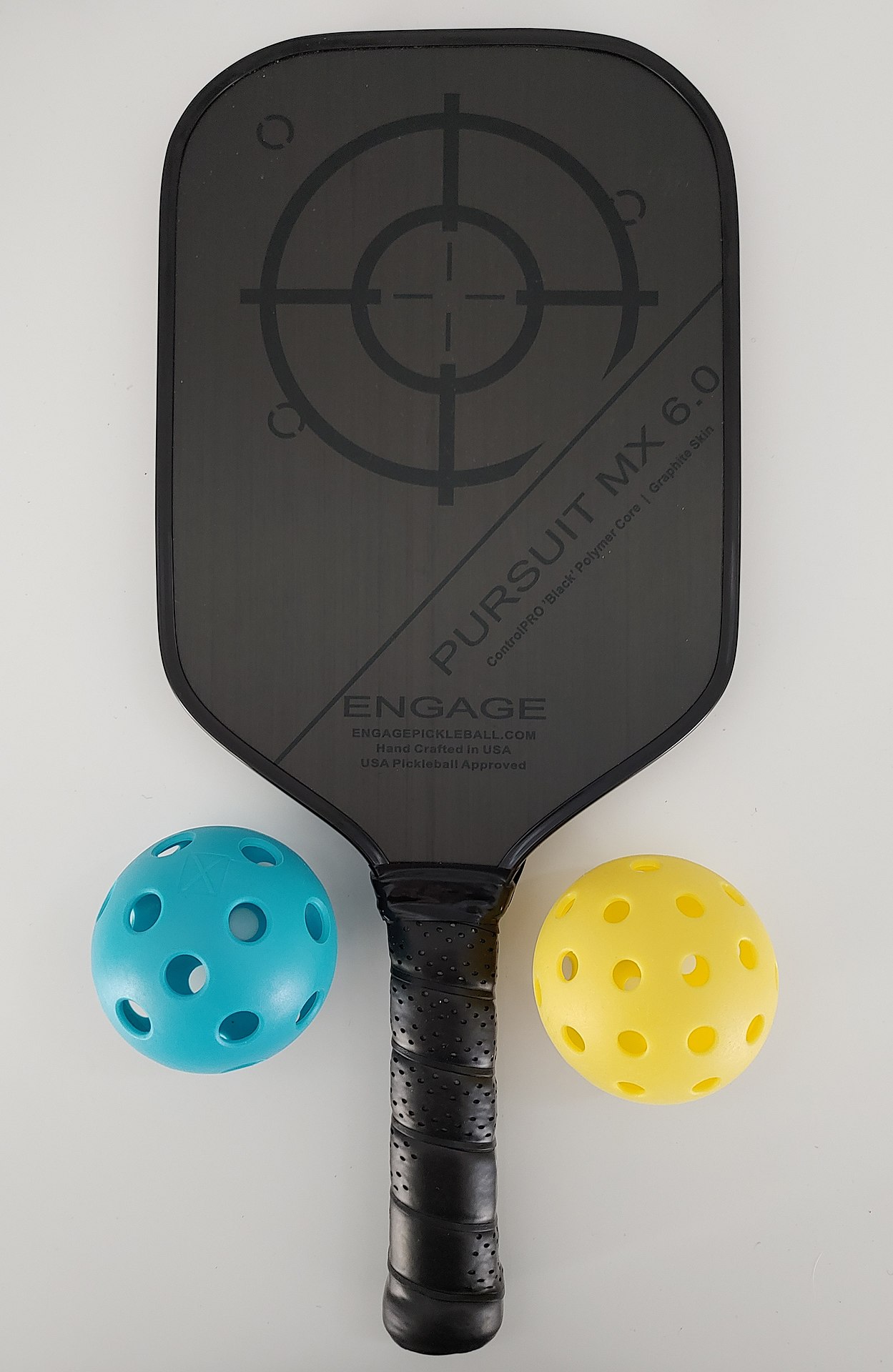
Step 5: Choose the Right Equipment
Gear impacts performance. Select tools that match your style.
| Equipment | Recommendation | Why It Helps |
|---|---|---|
| Paddle | Selkirk SLK Omega | Balanced for power and control |
| Shoes | Asics Gel-Resolution 9 | Grip for lateral moves |

